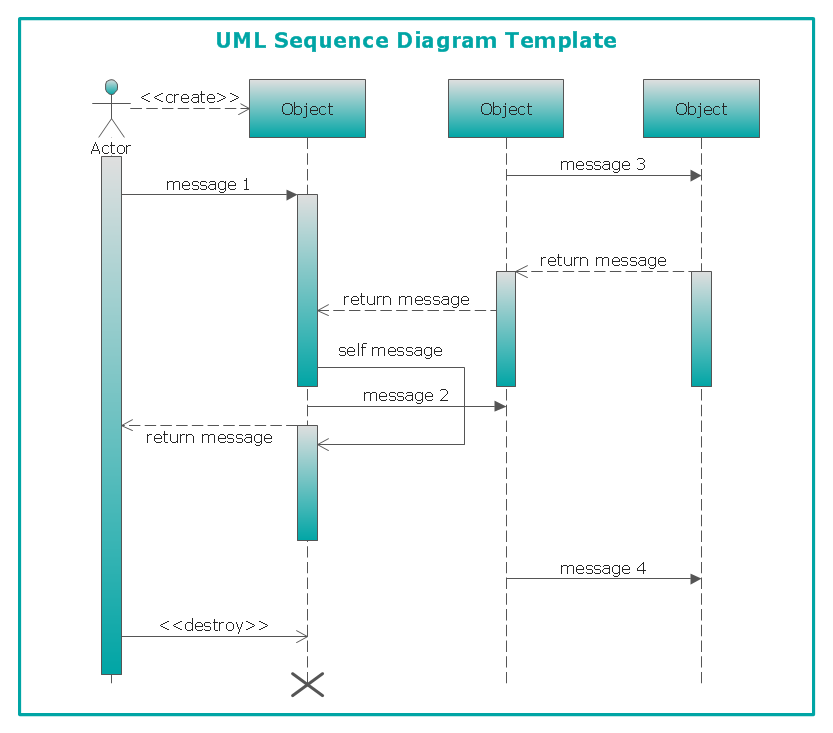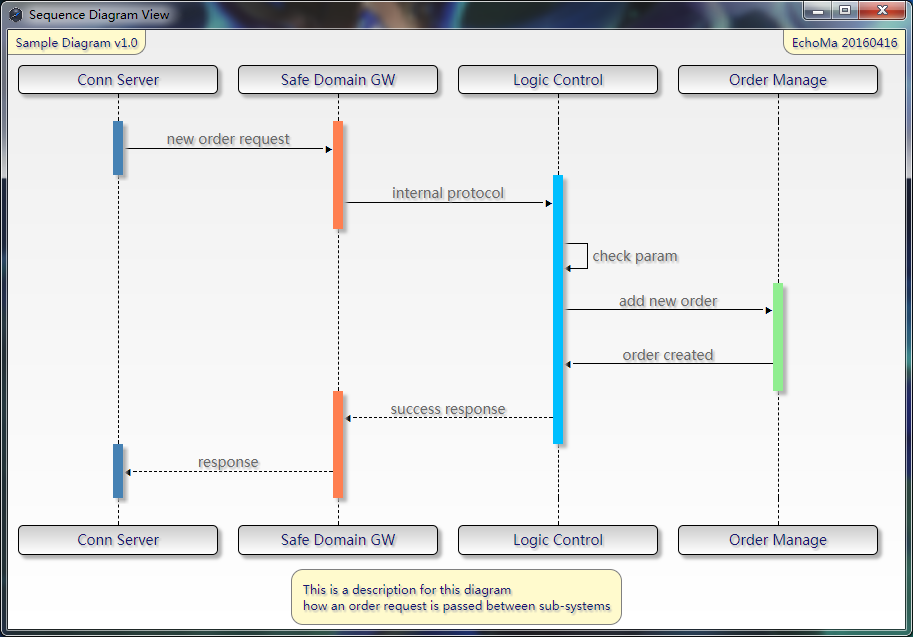

The customer journey begins when a customer asks about a product or service. This way, a brand can pinpoint potential pain points and successes.Įach stage of the customer journey is vital for sales and marketing departments. One of the main goals of creating a customer journey map is to predict the customers' emotions and feelings. For example, during the installation or service stage, a customer may use phone calls or chatbots to communicate with a brand. A customer journey map should always include touchpoints that a customer is likely to use at each stage in the journey. It is an important tool for creating journey maps because CX teams can more accurately predict those customers' behaviors and feelings using personas. A buyer persona is a composite representation of a market segment. Often, there is a fifth stage called loyalty or advocacy. These stages may have different names inquiry, for example, is sometimes called awareness. There are at least four stages in a customer journey: inquiry, comparison, purchase and installation. One of the first steps of creating a customer journey map is to identify stages in the customer journey. A template of a customer journey map.Ī customer journey map is made up of several components, including: In addition, understanding the customer experience is vital for sales and marketing to understand the customer experience. Maximizing the efficiency of that path means more sales at a quicker pace. Perhaps the main benefit of a customer journey map is that it provides clear information on how customers move through the sales funnel. gaps between channels, where the experience of going from social media to the website could be better.gaps between departments, where the user might get frustrated and.

gaps between devices, when a user moves from one device to another.It can also highlight gaps or misdirection and can identify gaps in the customer experience (CX), including: It's a valuable tool that can be used to forecast the path of future customers, as well.Ĭreating a customer journey map can provide insightful information for all levels in a department, from a sales rep who needs to figure out the best ways to interact with potential customers to managers looking for insight on which outlets customers use most. The reasons for creating a customer journey map include understanding the path and channels your customers take to get your product. Another scenario may begin with online browsing, proceed to a phone inquiry and so on. For example, one journey map may begin with a customer using Twitter to comment about a company, product or brand, then using the phone to reach a customer service line and, finally, using the company website. To be comprehensive, companies often need to create several customer journey maps based on a 360-degree view of how customers engage with the company. To create effective visual maps that reflect customers' journeys through these channels, journey maps must be rooted in data-driven research and must visually represent the different phases customers experience based on a variety of dimensions, including customer sentiment, goals and touch points. A customer journey map is a diagram (or several diagrams) that depict the stages customers go through when interacting with a company, from buying products online to accessing customer service on the phone to airing grievances on social media.


 0 kommentar(er)
0 kommentar(er)
